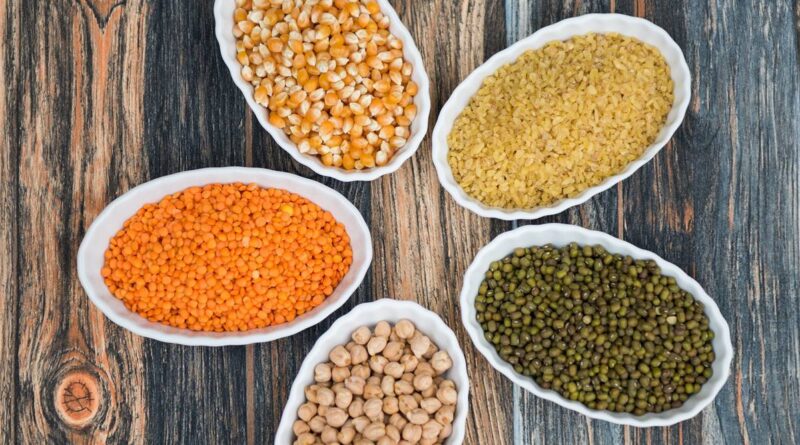Consumer affairs secy urges Brazil to grow more pulses
By Puja Das
Union consumer affairs secretary Rohit Kumar Singh on Thursday emphasized the need for a partnership between India and Brazil for the import of pulses and urged businessmen and officials of Brazil to grow pulses, especially tur (pigeon pea) and urad (black gram) to cater to the demand of India’s 1.4 billion population amid falling production and growing demand.
Addressing a conference on “the future of India-Brazil relations in the agribusiness sector”, Singh said, “I, as consumer affairs secretary, need to ensure that food items are available in the country for our 1.4 billion consumers at an affordable price. There are two issues, affordability and availability, and both are interrelated. As we are predominantly a vegetarian country and as income levels are rising, the consumption of protein via pulses is also increasing. To cater to the rising demand, we would like to diversify our risk and production of it could be thought of in Brazil where we believe the soil and other conditions are conducive too.”
He added: “We will continue to consume these pulses and I assure Brazil that there will be a market in terms of imports. Every country tries to become independent in terms of production and therefore wants to reduce dependence on imports. So do we, but it will take a while to achieve that. In the meantime, this dependence on imports will continue.”
India had initiated a discussion with Brazil in May on exploring the possibility of growing pigeon pea and black matpe, the consumer affairs secretary said.
India, which accounts for nearly half of the world’s pulses consumption, imported 2.26 mt of lentils, tur and urad during January-October against the previous year’s 1.4 mt. While lentil imports were the highest among all pulses at 1.1 mt, imports of tur and urad were at 686,073 tonnes and 453,529 tonnes, respectively. Despite some improvement since 2011, the gap between demand and supply of these pulses is widening and has necessitated an annual import of 2-2.5 mt of pulses in the past few years.
In mid-October, the agriculture ministry revised its final estimates for pulses production downwards to 26 mt for the 2022-23 crop year (July-June) from its May estimates of 27.5 mt due to a drop in production of major pulses such as tur and chana (gram). As per the agriculture ministry’s first advance estimate for the 2023-24 crop year, the production of total Kharif pulses is estimated to be lower at 7.1 mt from the previous year’s 7.8 mt output due to unfavourable climatic conditions.
Talking along similar lines, the union agriculture and farmers welfare secretary said: “We are looking at areas to develop a systematic approach in our exports. As production increases, we are looking more and more at global markets. The issue is reaching global markets, and getting technology right at the farmers’ level, among others.”
At the conference, Niti Aayog member Ramesh Chand suggested that India learn from Brazil in terms of strengthening the economy by following their industrialization model that offers employment to people outside the agriculture sector, boosting agricultural productivity by using more pesticides while ensuring food security, looking at their zero hunger programme, efficiently using water in the farm sector and increasing the private sector’s role in the agriculture sector, technological integration to increase capacity of ethanol blending with petrol, and so on.
Chand said that India could help Brazil learn about millets, the “future food”, as they are climate-resilient crops.
At COP30, Brazil, the host country, will promote the agenda of how to reduce greenhouse emissions from the agriculture sector.
This article has been republished from The Mint

